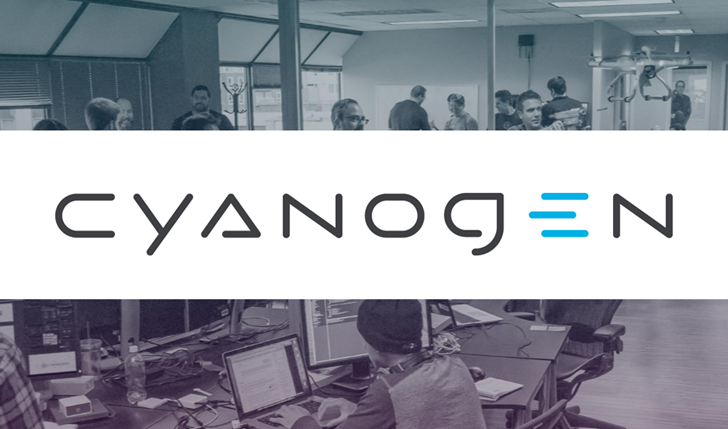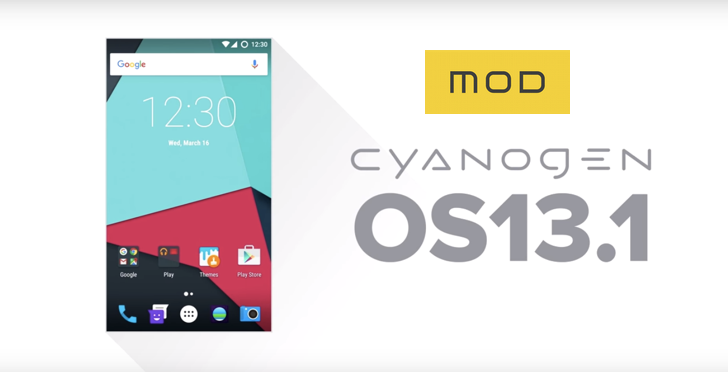latest

All the way back in 2013 (has it really been that long?), Steve Kondik and many other CyanogenMod contributors founded Cyanogen Inc. The company had two goals, to maintain the existing community-created CyanogenMod ROM, and to develop 'Cyanogen OS' for other manufacturers' devices. That business model could certainly have worked, but it didn't take long for the company to make costly mistakes.

British smartphone maker Wileyfox has been using Cyanogen OS since it launched its first phone a few years ago. Thus, the demise of Cyanogen Inc. is a big problem for the company. A report making the rounds on the internet claims that Wileyfox has upped its game by hiring former Cyanogen employees as in-house devs, including former Director of System Engineering Ricardo Cerqueira. This claim is based on some very weak evidence, so we've reached out to get the real story.
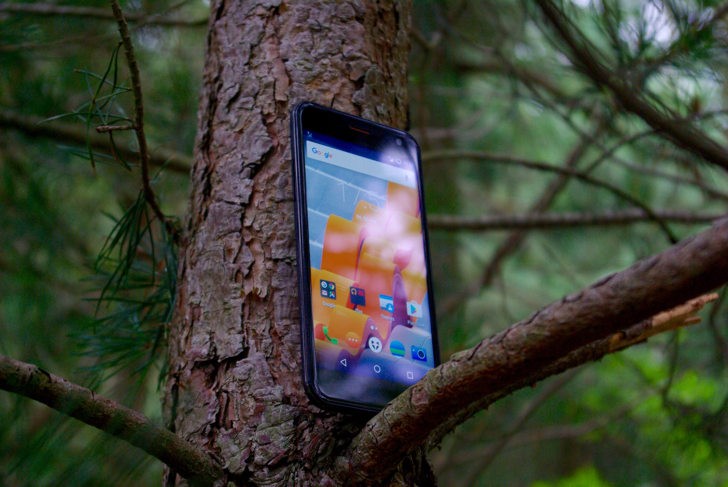
There aren't a ton of devices running the commercial Cyanogen OS ROM these days, but the Wileyfox Spark and Spark+ are two of the most prominent (which really tells you something). These UK phones launched with Cyanogen OS 12 (Lollipop) earlier this year, but now Cyanogen OS 13 is finally rolling out.

Cyanogen Inc. recently experienced a round of layoffs as the company struggled to make its customized build of Android into a viable business. Through all the turmoil, Cyanogen Inc. CEO Kirt McMaster has contended that CyanogenMod (the non-commercial side) has tens of millions of users. Now, some are expressing doubt as to the accuracy of such figures. For a company fueled by venture money, that could be a problem.
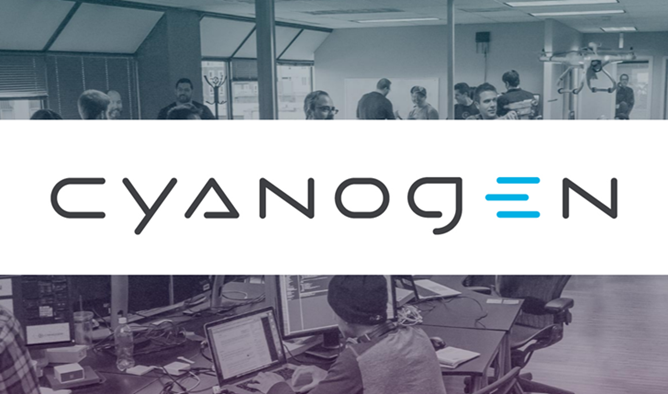
CyanogenMod founder and Cyanogen Inc. cofounder Steve Kondik has published a blog post on the official CyanogenMod blog today. That is the blog associated with the community project, not Cyanogen Inc. Kondik's post appears to serve dual purposes: to ensure the community that CyanogenMod isn't going anywhere (and no one suggested it was), and that the company's alleged "pivot to apps" isn't happening.

Wileyfox and Cyanogen formed a partnership last summer to deliver smartphones running Cyanogen OS to Africa, Europe, and the Middle East. The Wileyfox Swift was the second phone to get version 13 of the operating system. Now the Wileyfox Storm is getting that same update.

Slowly but surely, Android offshoot-slash-alternative Cyanogen OS is gaining ground. The incorporated and semi-proprietary version of the CyanogenMod ROM now powers a handful of retail-available phones from companies like YU, Zuk, and Smartfen, though larger manufacturers like OnePlus and Oppo have seemingly cooled on Cyanogen software. Speaking of OnePlus, its One hardware was the first to get access to Cyanogen OS version 13, based on Android 6.0.1 code. Today the Swift from Wileyfox becomes the second.
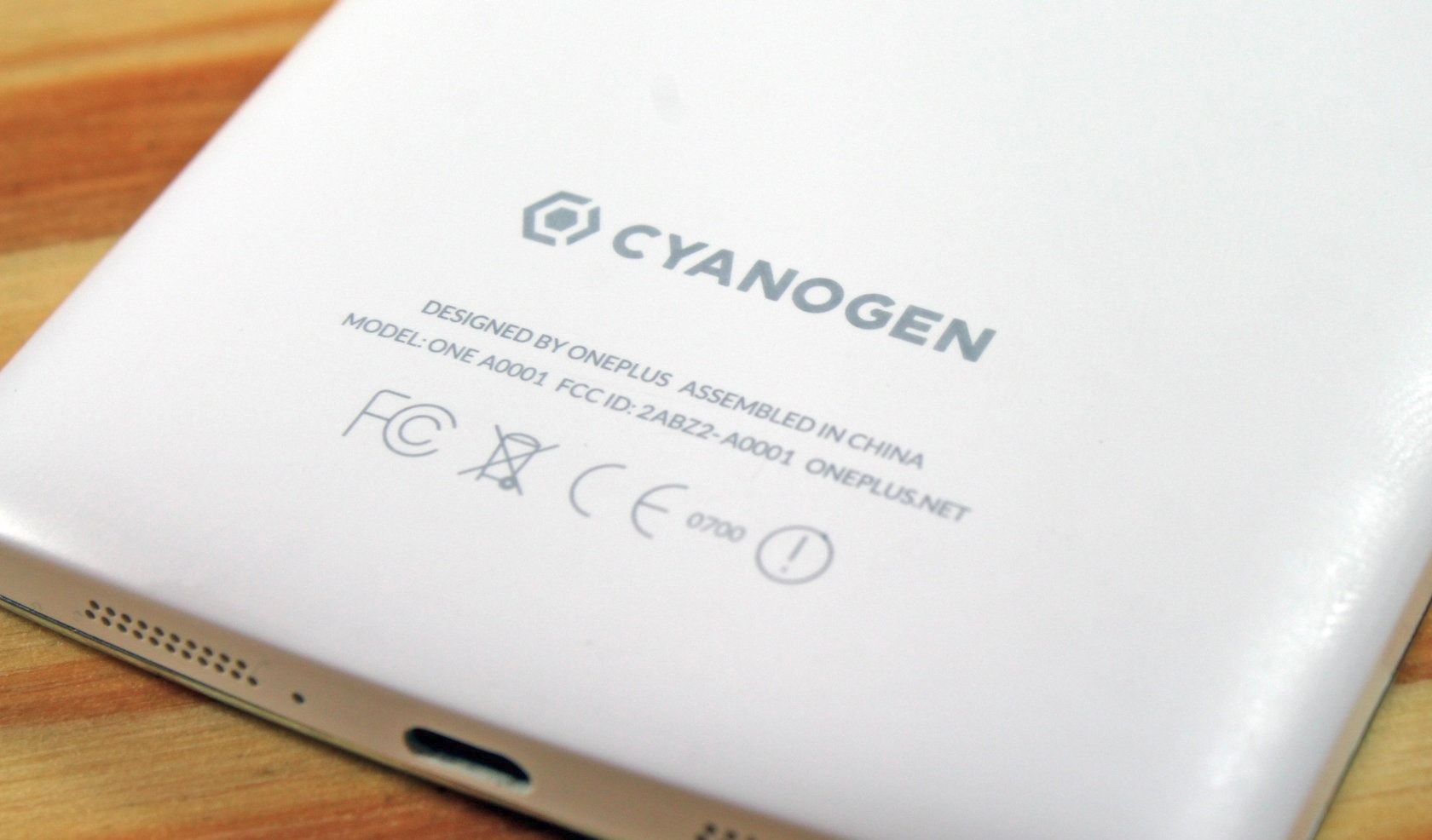
Android 6.0 started rolling out to the OnePlus One early last month. It came in the form of Cyanogen OS 13.

Part of me can't help but wonder whether Cyanogen Inc. still lives under the shadow of its forefather, CyanogenMod, especially when announcements like these are made and the company introduces an eerily named "Cyanogen MOD" platform that has nothing to do with the custom ROM every enterprising Android user has known for years.

Cyanogen Inc. started sending out Cyanogen OS 12.1.1 to the OnePlus One earlier this week. This update is notable as it's the first build that comes with Microsoft Cortana built-in. It turns out that's not the only Microsoft integration. The file opening dialog also seems to be suggesting Microsoft apps even if you don't have them installed.

Cyanogen Inc is rolling out Cyanogen OS 12.1.1 for the OnePlus One today, and it's not just any update. This is the first version of Cyanogen OS with support for Microsoft Cortana baked right in. After Microsoft finally made Cortana official for other phones, then removed the always listening feature, the OnePlus One is rather unique.

The partnership between Cyanogen Inc and Micromax subsidiary YU has given birth to another smartphone for the Indian market. Unlike past collaborations, this one is undeniably a flagship device. The Yutopia has all the bells and whistles and will retail for INR 24,999, which works out to roughly $377.

Yu's Cyanogen OS-running Yuphoria phone, sold primarily to the Indian market, has had CyanogenMod 12.1 (Android 5.1) available for almost half a year now. The catch is that it's been available as a CyanogenMod nightly build, requiring end users to flash a custom recovery, then a custom ROM in order to access it. Yesterday, the Cyanogen company and Yu itself announced the over-the-air rollout of the finished, consumer-ready update for the stock software build.

Back in the early Gingerbread days, CyanogenMod provided geeks and tinkerers with a way of installing the most up-to-date Android version on virtually any device. It wasn't for everyone, but if you were willing to deal with a few bugs and instability issues, you could easily turn your phone into a quasi-Nexus device running stock-ish Android. Updates are a little slower now that commercial entity Cyanogen Inc. is supporting devices, but two of those phones — the Yureka and Yureka Plus — are being updated to Cyanogen OS 12.1, which is based on Android Lollipop 5.1.

There's a new version of Cyanogen OS rolling out to the OnePlus One today, which you might not expect considering the breakdown of relations between the companies a while back. This isn't a major update, though. If the OTA hasn't hit your phone yet, there are manual downloads available.

Cyanogen Inc. blew up its partnership with OnePlus last year in order to pursue an exclusive partnership with Micromax under its YU brand in India. YU has released a few devices running Cyanogen OS since then, but the internet had a touch of schadenfreude a few days ago when YU dropped Cyanogen from its Yuphoria phone. However, Cyanogen says everything is still cool.

Read update
- After rolling out the update to just 2% of users, OnePlus has since pulled the OTA entirely due to issues it hasn't yet explained. On the positive side, those who want the update can still install manually. Just be careful not to flash with encryption.
The time has come for OnePlue One owners to get a taste of the latest version of Lollipop. Cyanogen OS 12.1, which comes with Android 5.1.1, is now heading out to devices. Though, the rollout is starting off small, with only 2% of users getting the goods.

You've probably never heard of a smartphone maker from the UK called WileyFox, and with good reason. The company didn't exist until just recently. This upstart London outfit is releasing two new mid-range smartphones, and they'll be powered by Cyanogen OS. They won't be targeting the Americas, though.



